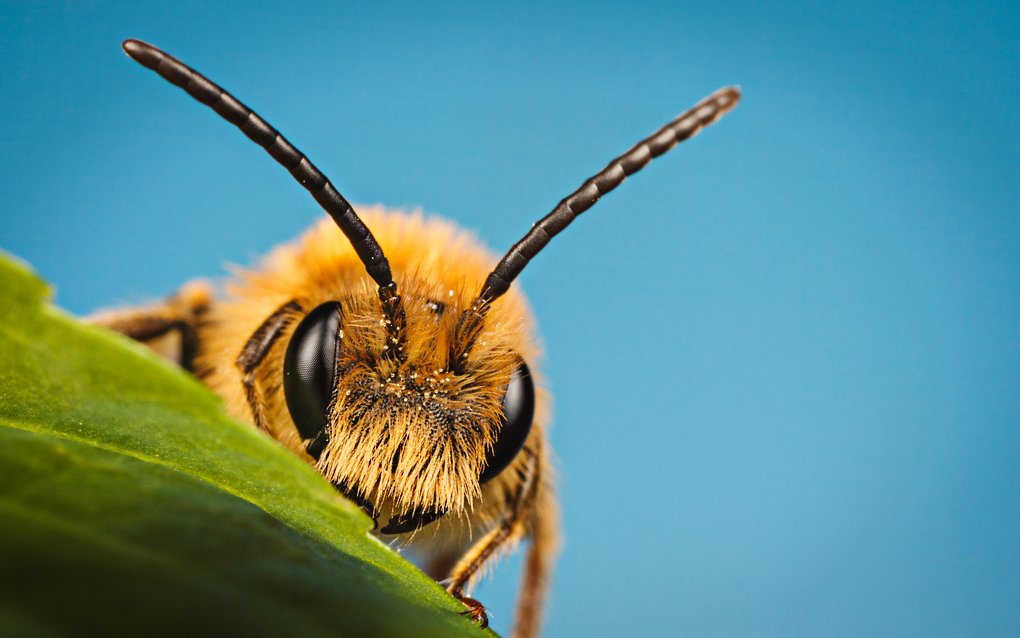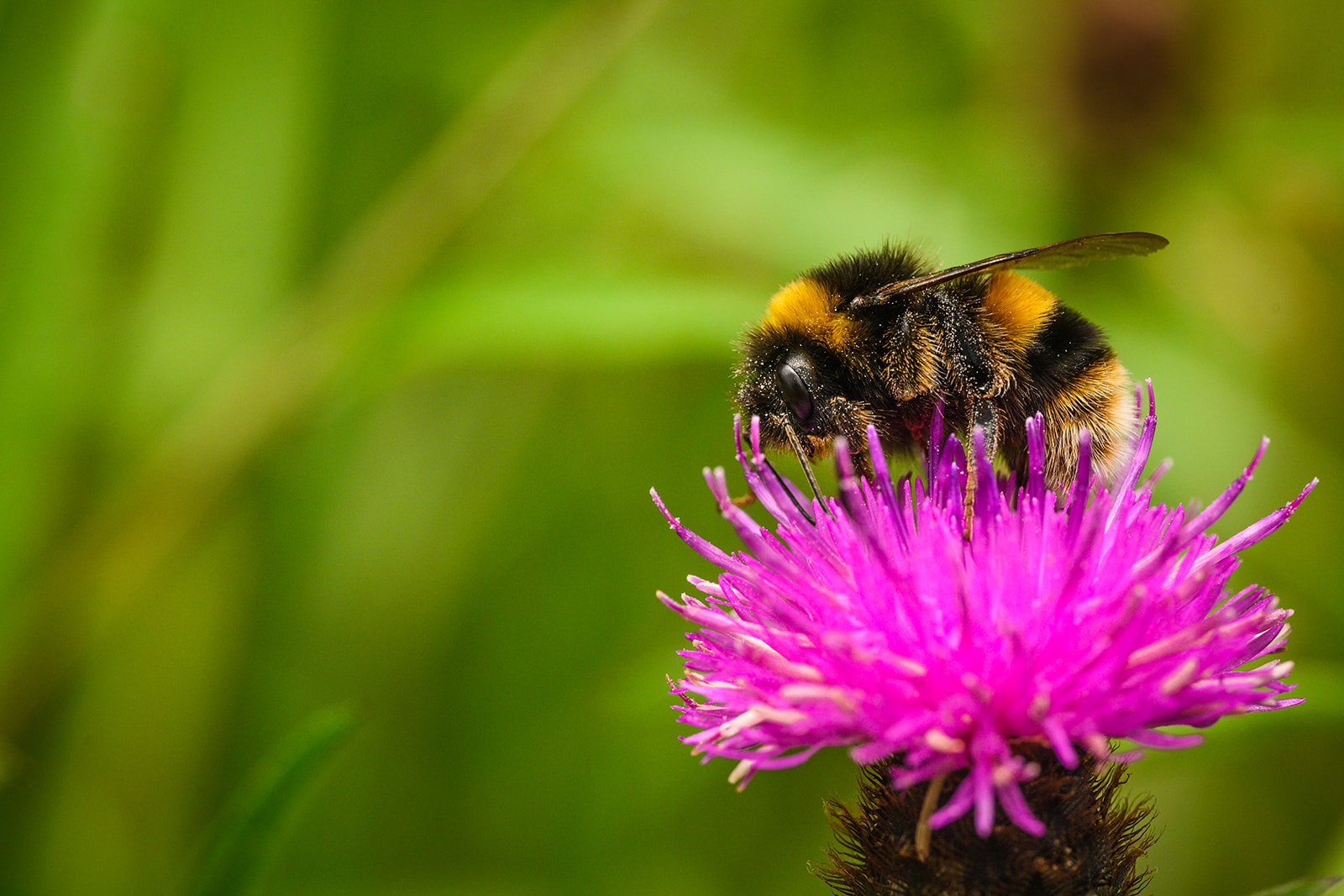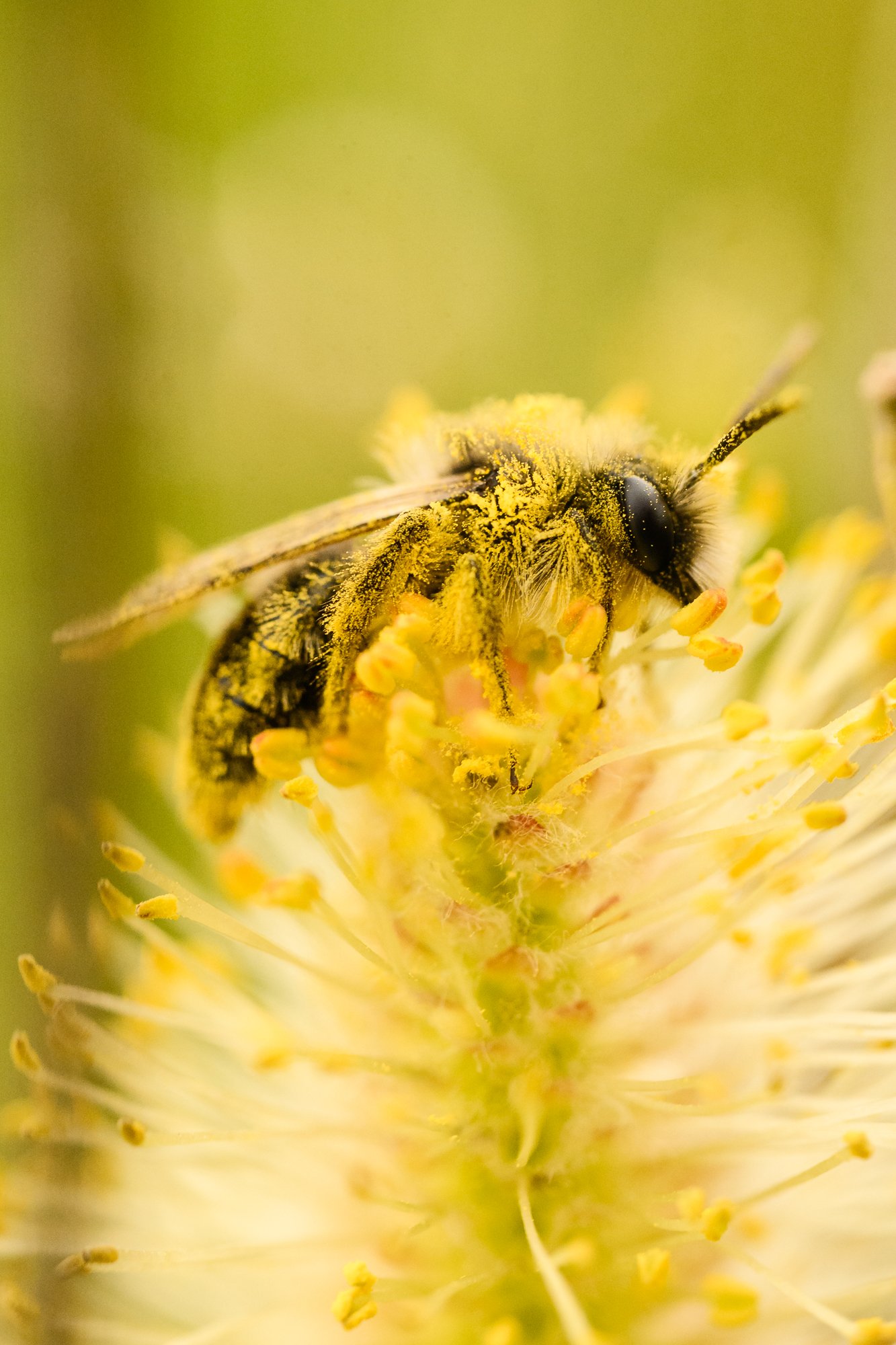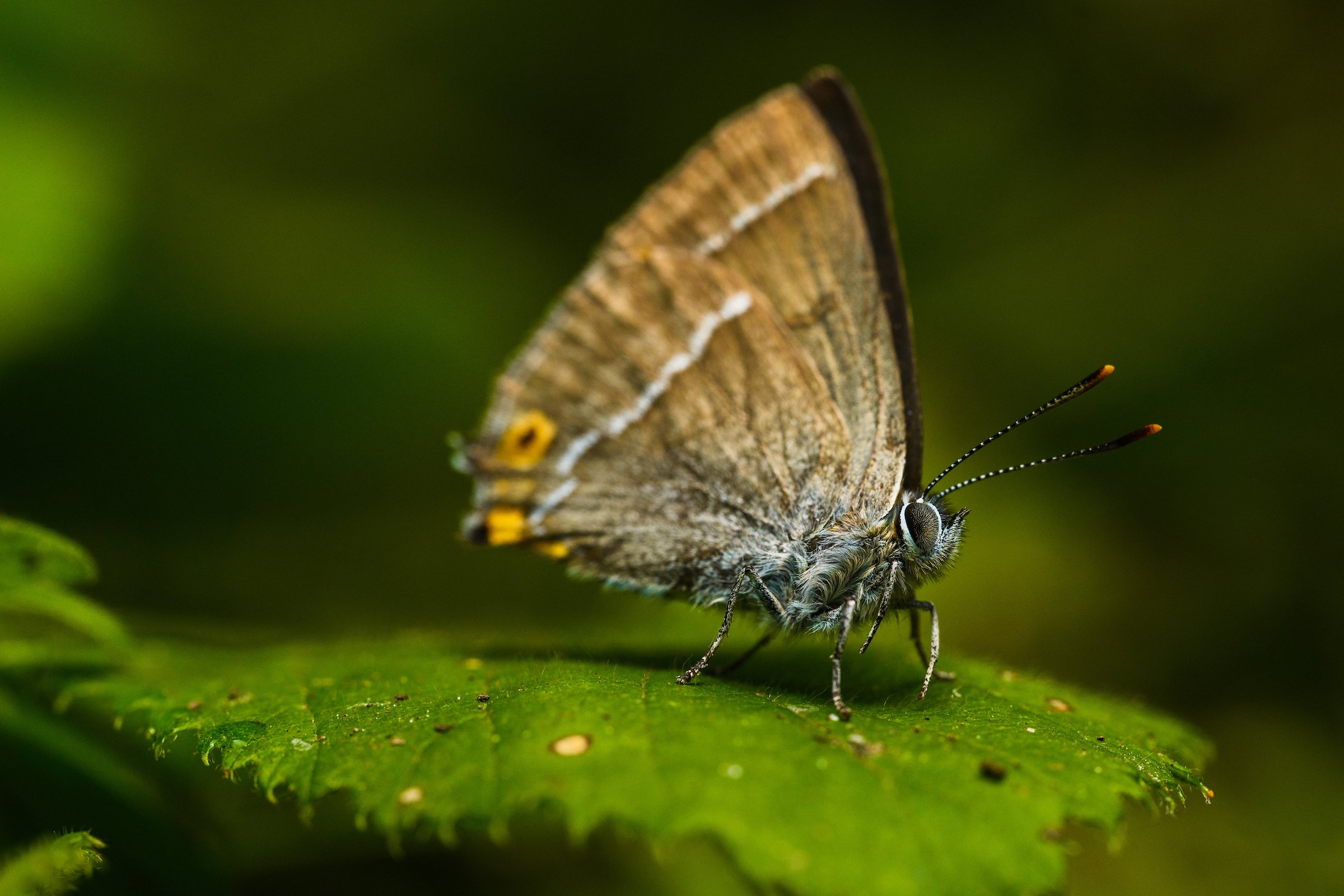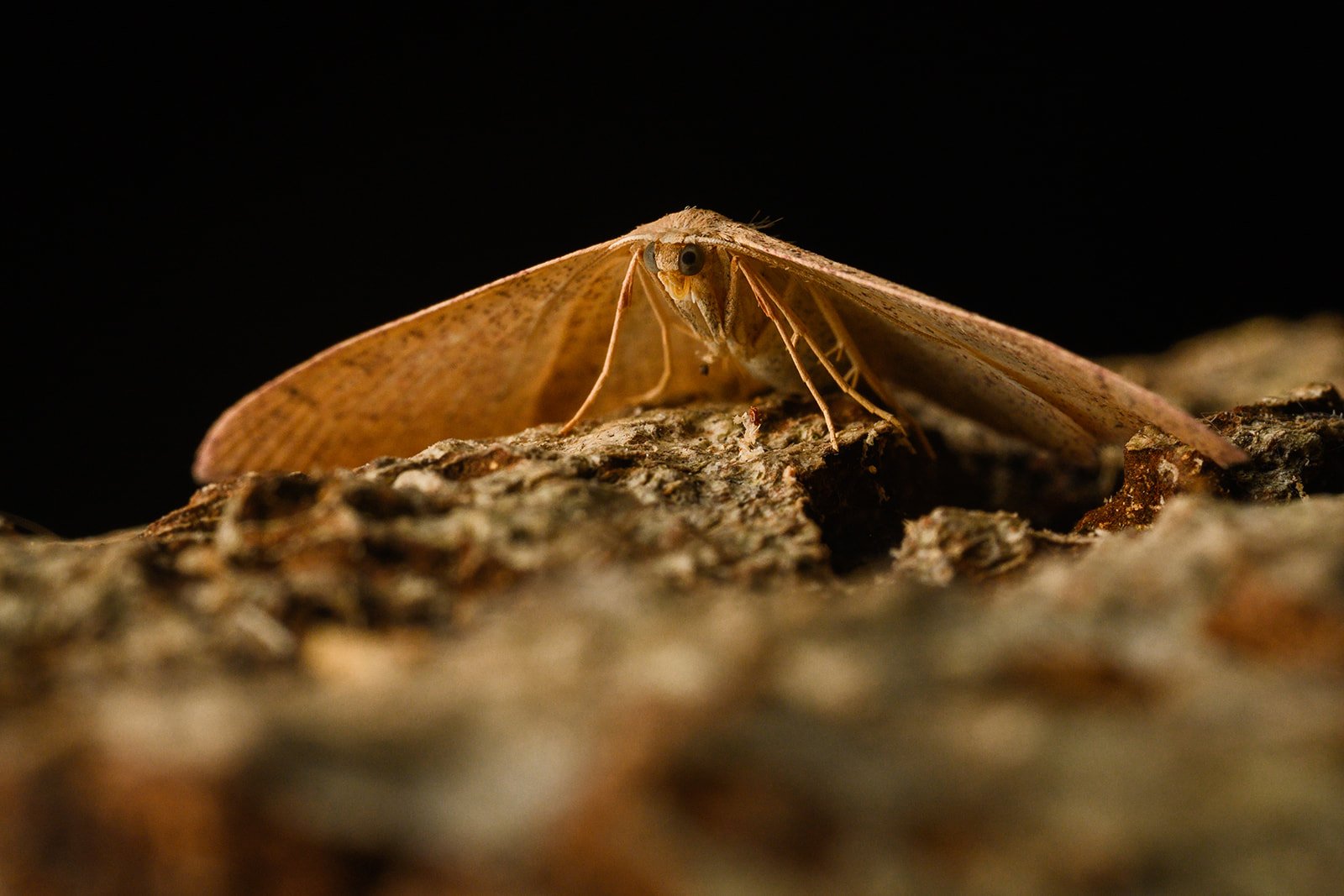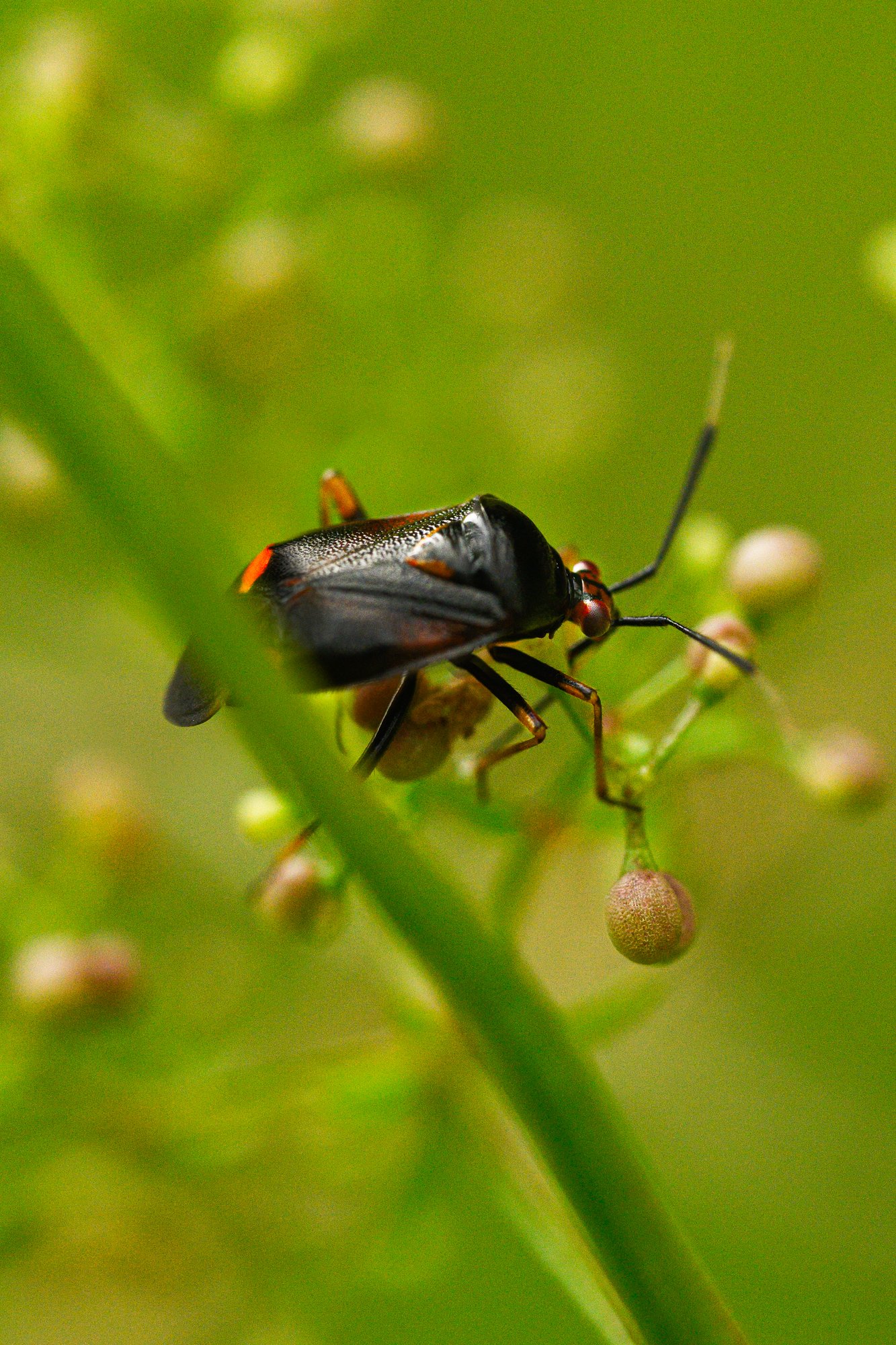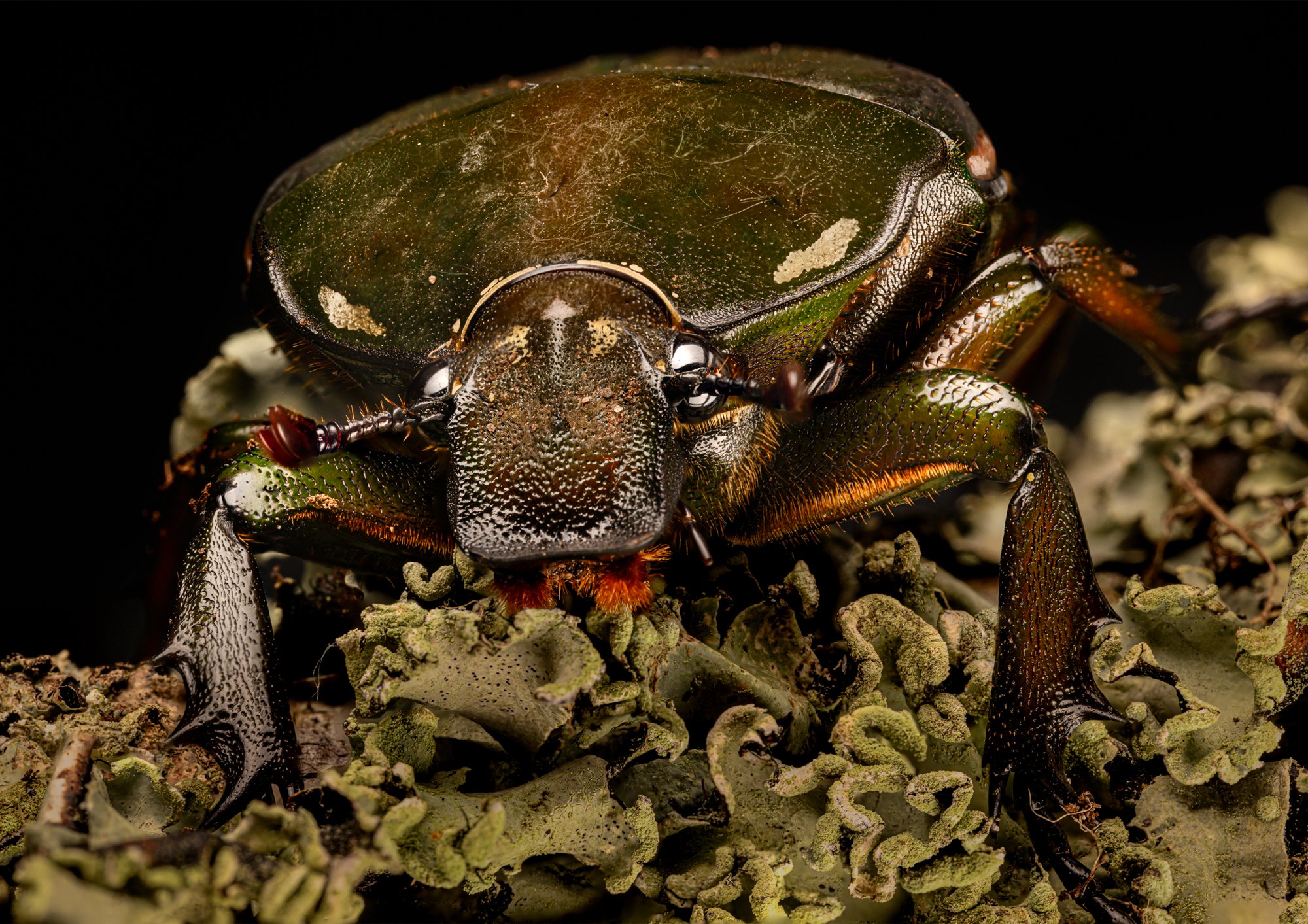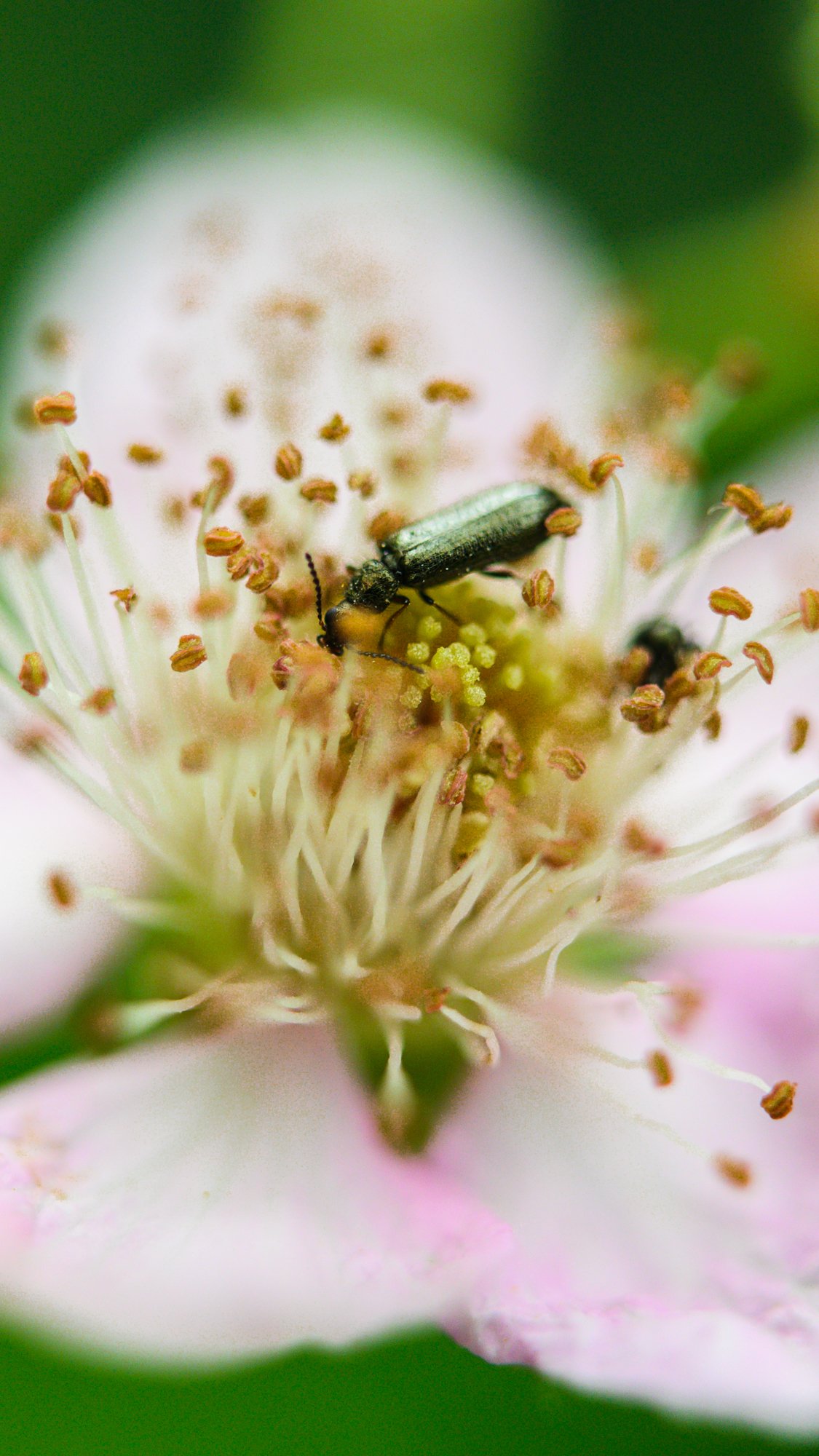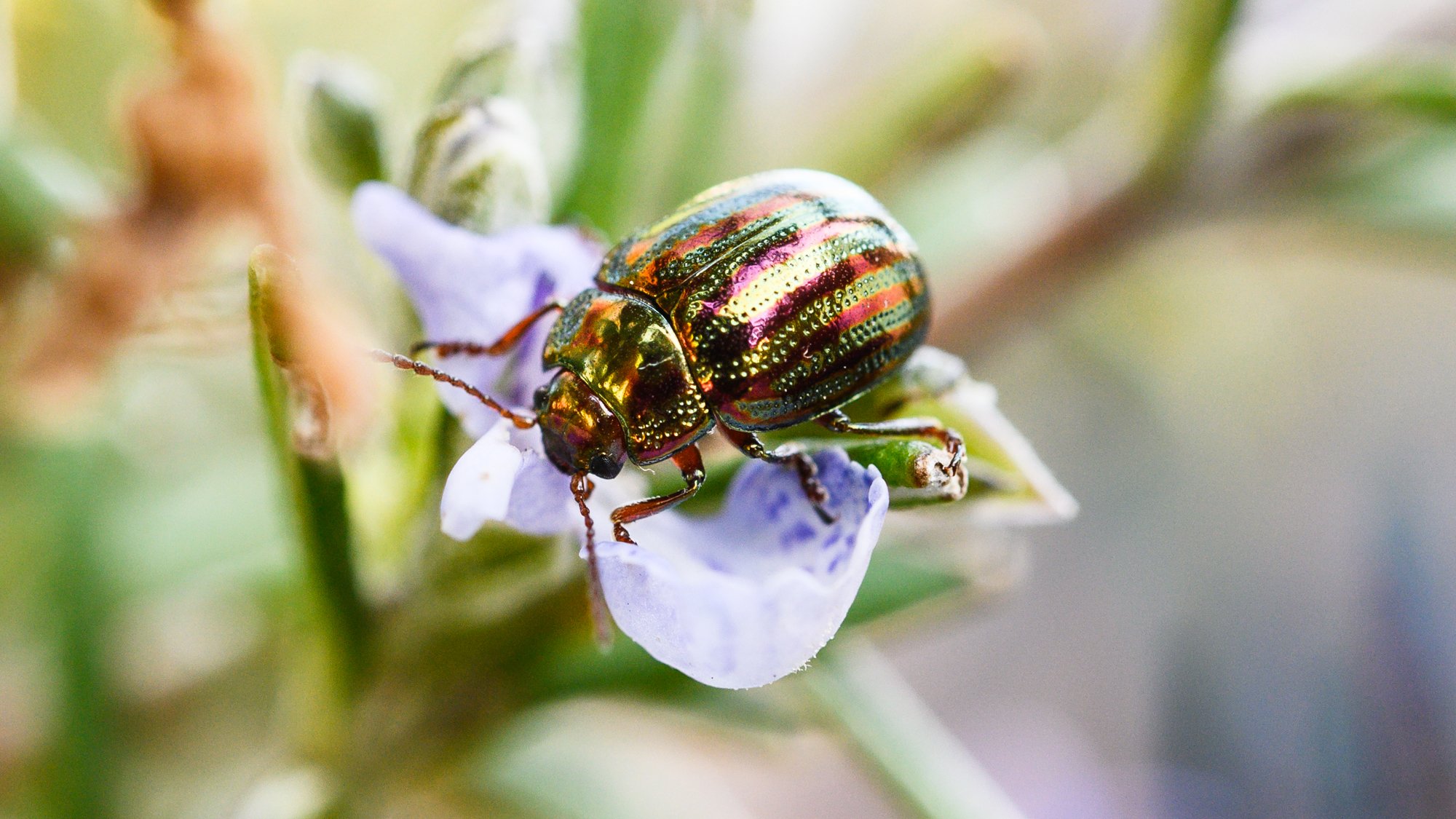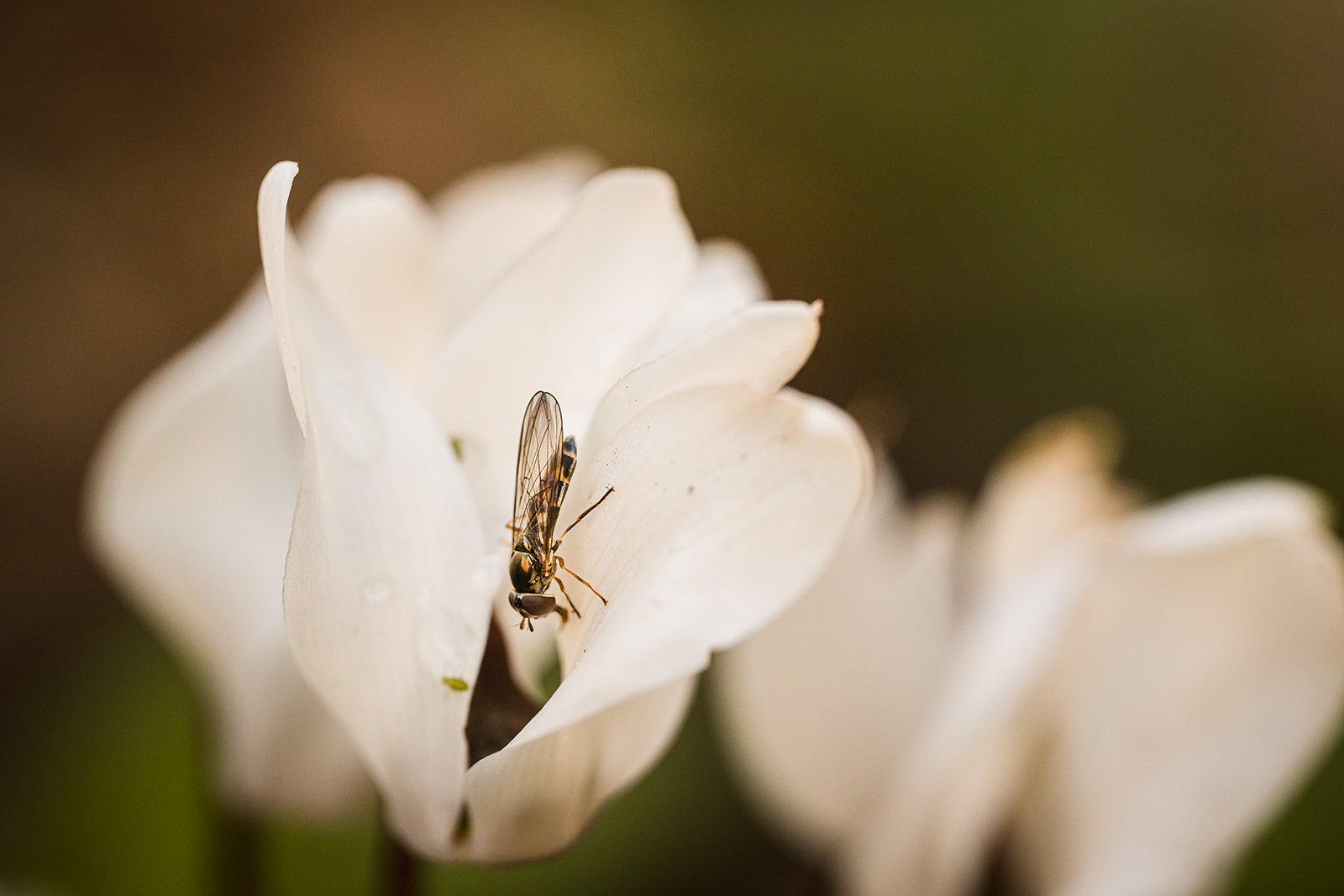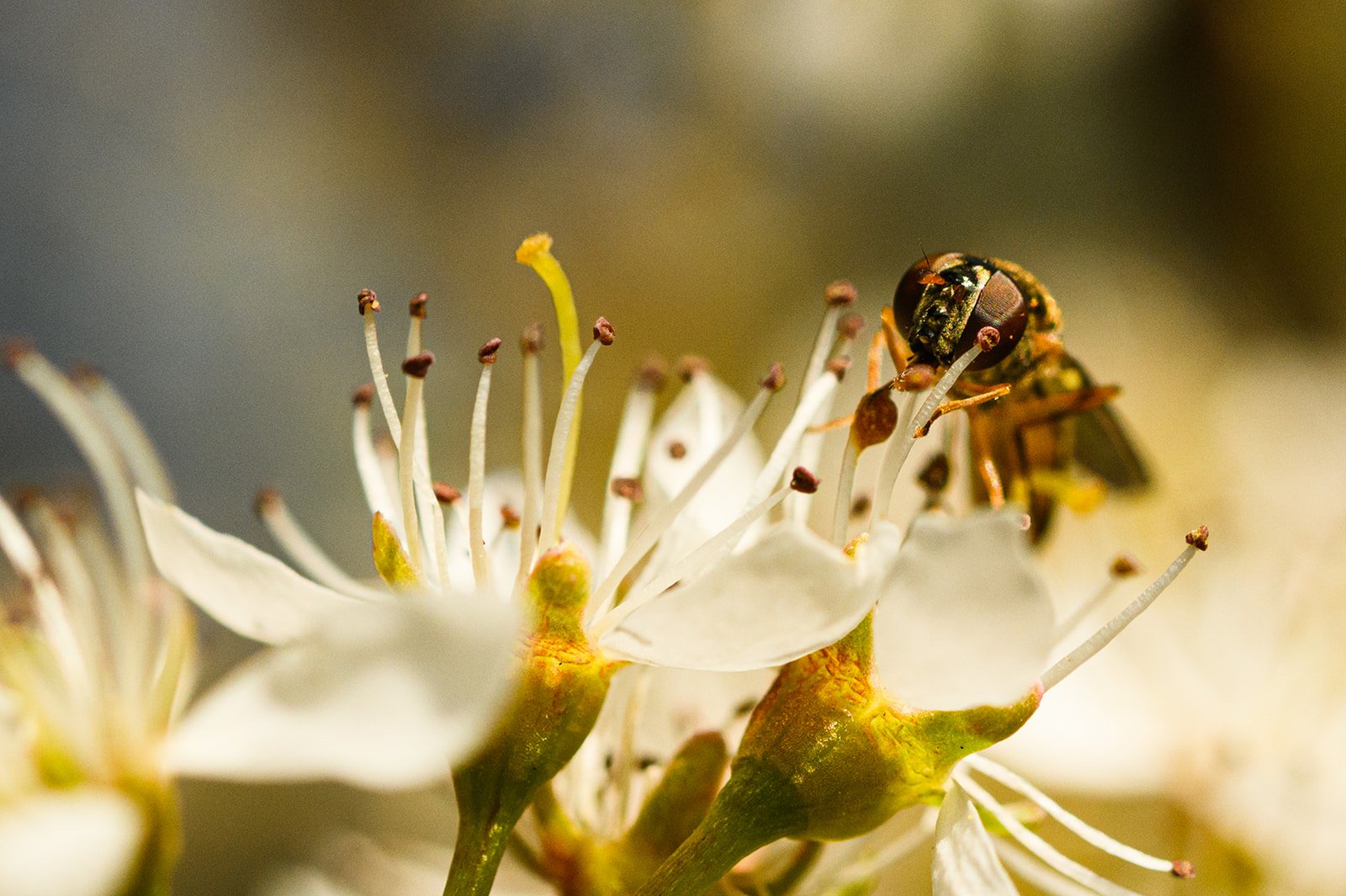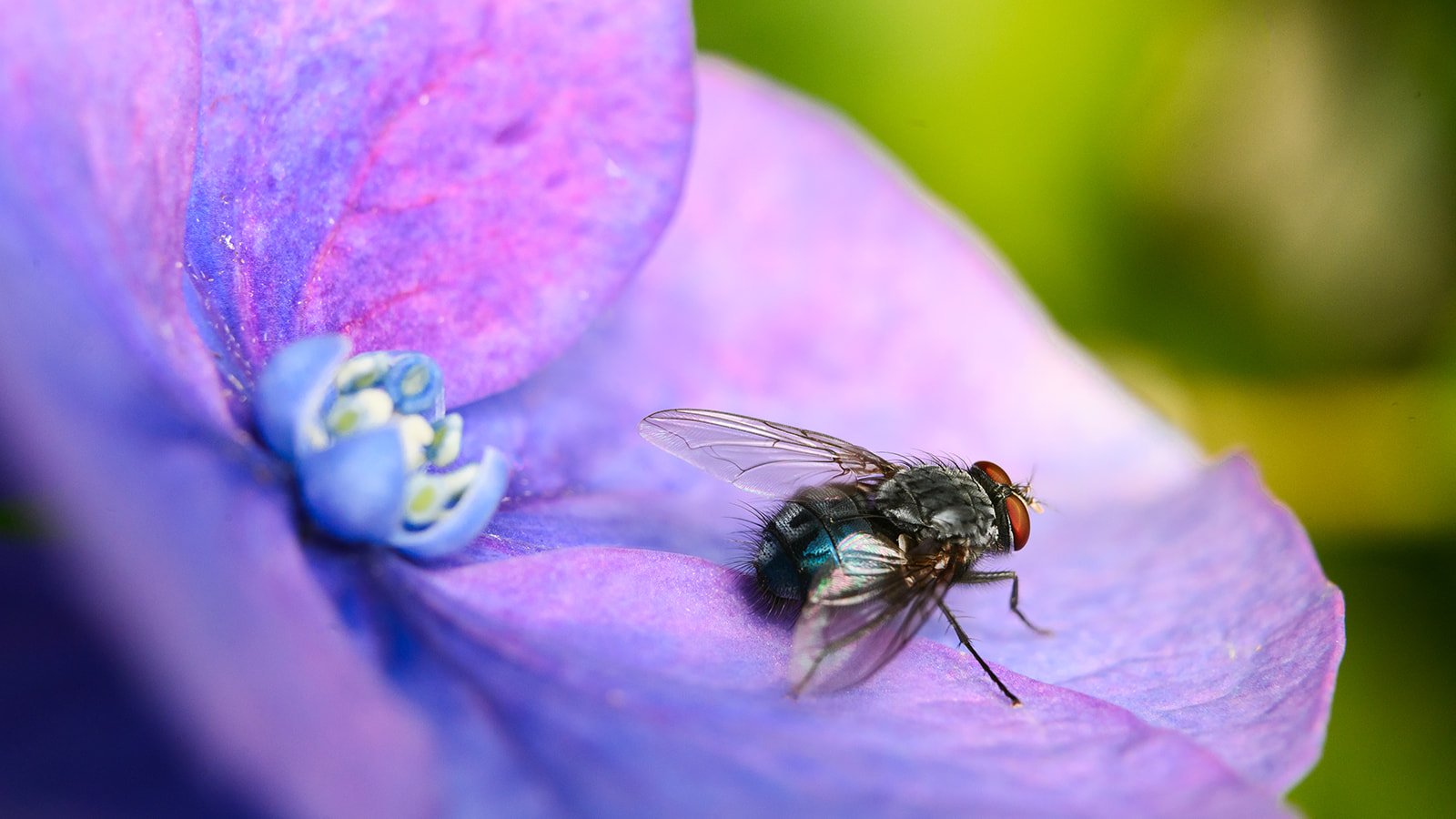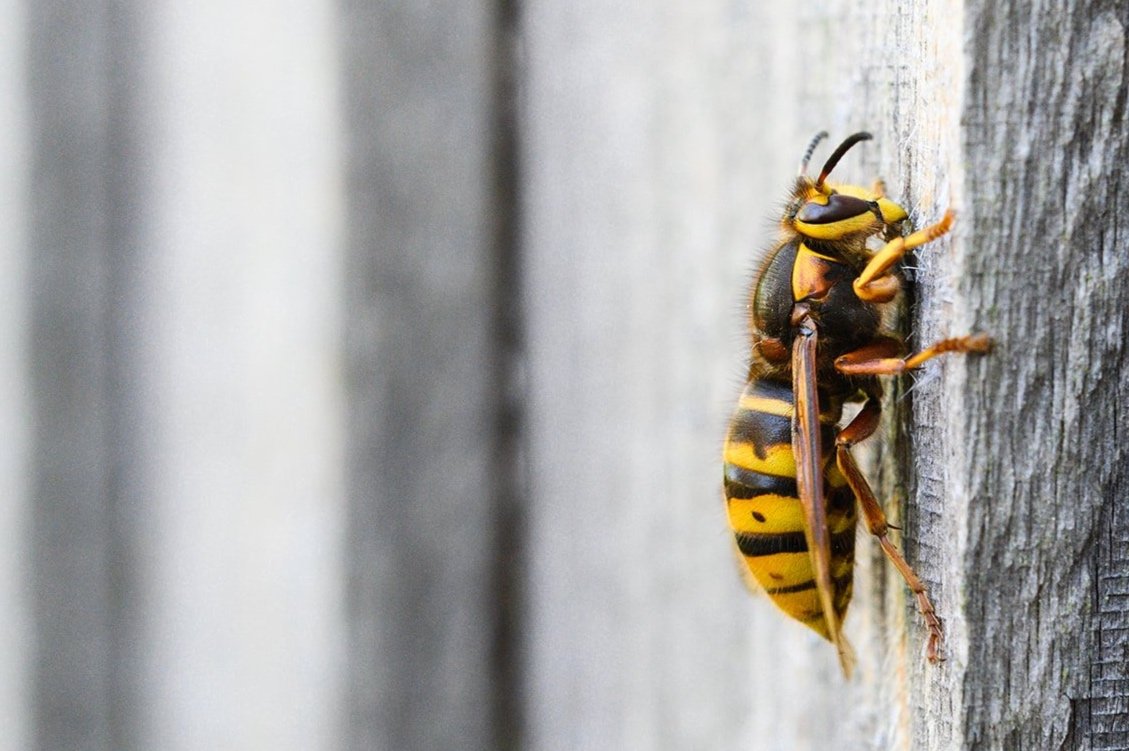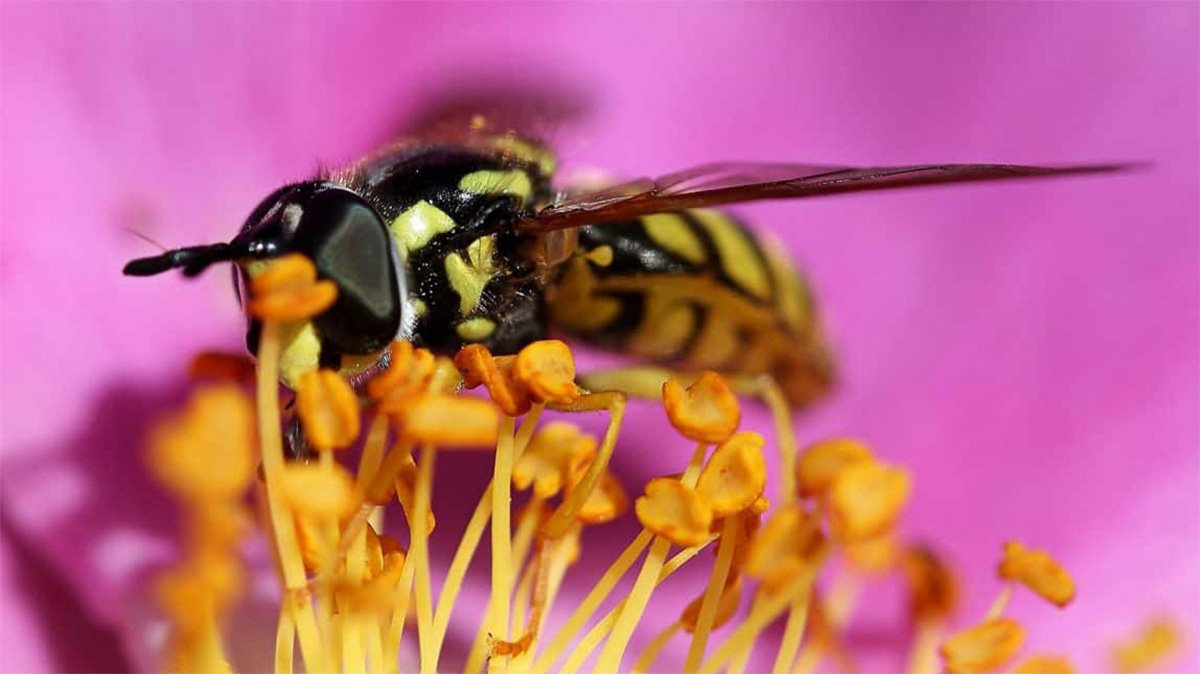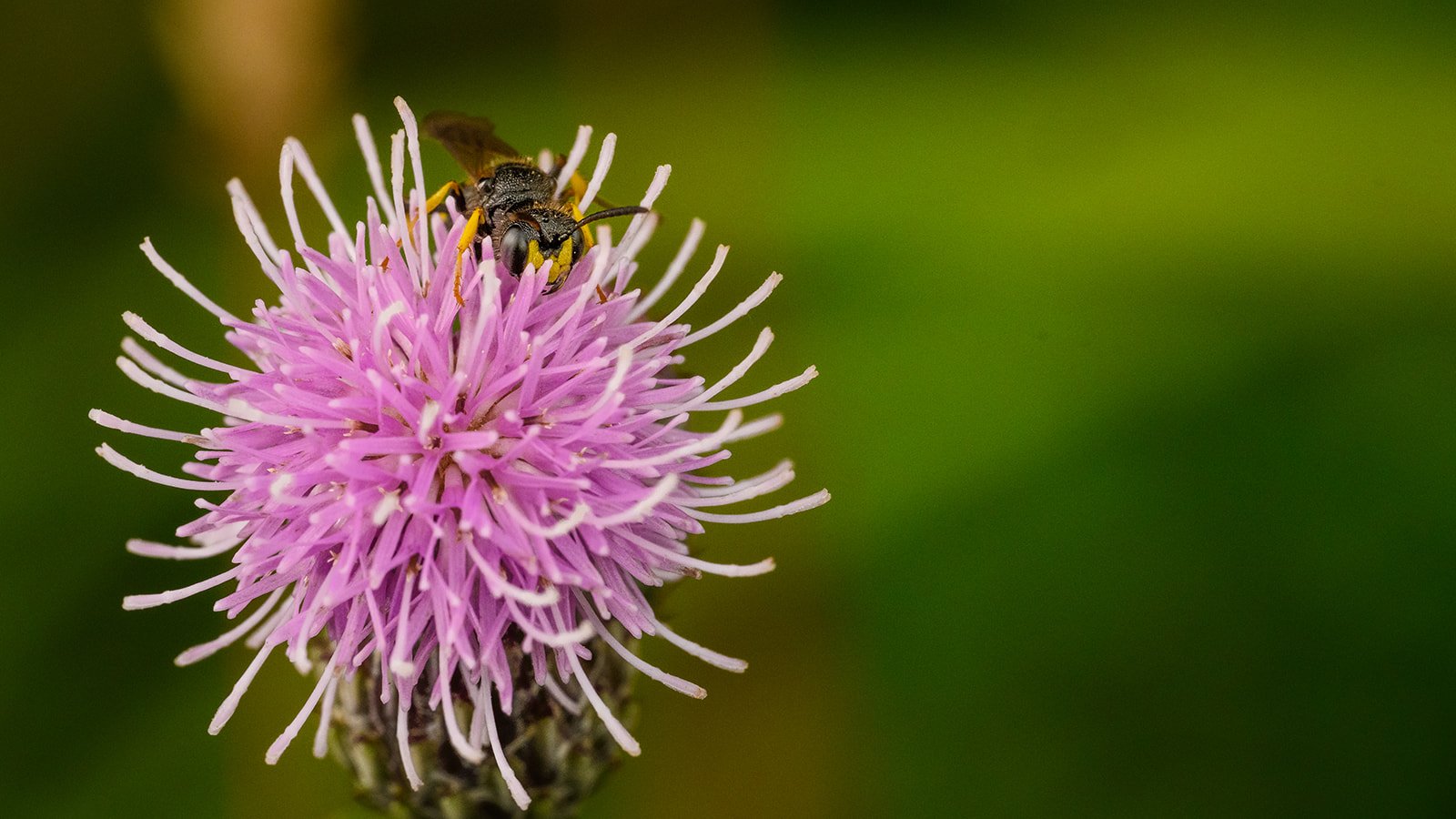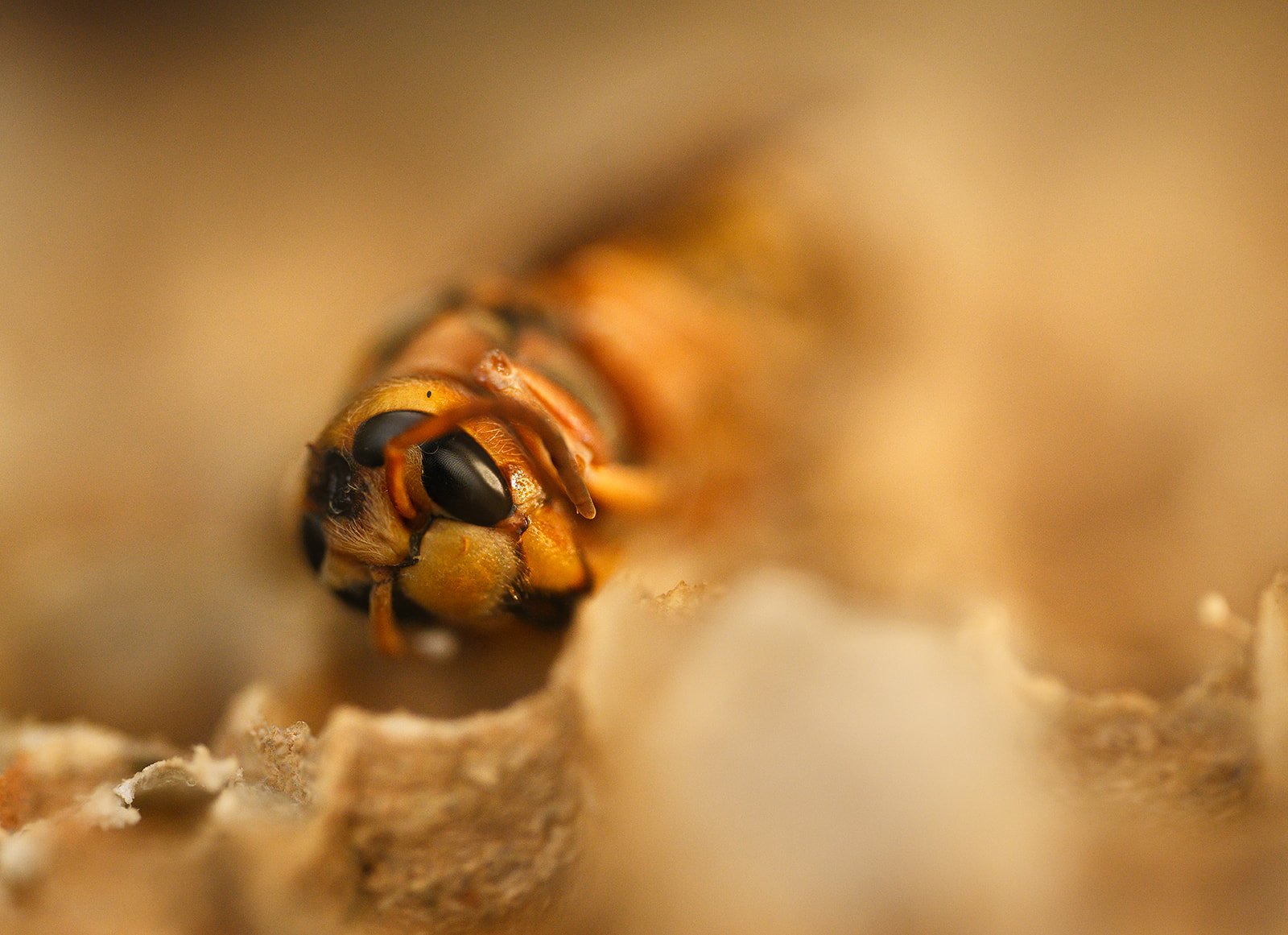What are Pollinators and why do they matter?
A pollinator is defined as “any animal that moves pollen from the male part of a flower to the female part of a flower on a plant”. This helps to bring about fertilisation of the flower so that the plant can reproduce.
Insects are the most numerous and important pollinators on Earth. Thousands of plants rely on them to survive, and they are a food source for a huge number of animals.
BUT….these insects are in real trouble; global insect populations have declined by a staggering 70% in only 30 years. This statistic is deeply concerning as it points to an imminent ecological catastrophe.
This page serves as an introduction to the different types of pollinator insect species, and the vital roles they each play in the health of the living world.
Bees
Among all pollinators, bees are unique. In addition to sipping nectar to fuel their flight, they are one of the few animals to actively gather large amounts of pollen (and move pollen flower to flower) to feed themselves. More than one-third of the world’s crop species such as alfalfa seeds, sunflowers, and numerous fruits and vegetables depend on bee pollination, representing billions in economic worth every year.
Probably the best known of all pollinating insects, bees include the famous Honey Bee, but also the equally important Solitary Bees and Bumblebees. Solitary bees are estimated to be two to three times more efficient pollinators than honey bees, and with over 90% of UK bees being solitary bees, they are essential to the pollination of plants in the UK.
Lepidopterans (Moths & Butterflies)
There is one easy way to tell these distinctive insects apart: moths rest with their wings folded up, and butterflies rest with them flat.
Most people appreciate butterflies, and fruits and vegetables that rely on butterfly pollination include apples, berries, tomatoes, beans, cucumbers, melons, peaches, pears, apricots, plums, and cherries… but did you know that moths can be just as beautiful and that these often nocturnal superstars can be even busier pollinators than bees?!
Many moth species fly exclusively at night. To ensure these moths pollinate them, some flowers only open at night or in the evening, such as night-flowering catchflies. They may also produce strong scents, to make moths aware of where they can be found. Some plants and moths have exclusive relationships, meaning one cannot survive without the other.
Beetles & Bugs
You may be surprised to learn that:
a) 40 percent of all insects on earth are beetles
b) pollinating beetles are responsible for the majority of the world’s 240,000 flowering plants, (despite the fact they also enjoy eating them).
Globally, double the number of beetle species visit flowers compared to all bees and butterflies combined!
Beetles mostly visit flowers to eat pollen (a protein) instead of nectar like most other pollinators. They have a “bad reputation” as pollinators because they eat plant tissue including the flower; its part of their nature. Pollinating beetles mostly walk around flowers, picking up pollen that sticks to their bodies, and “incidentally” depositing it on the flower’s stigma to complete pollination.
Flies
Flies include (including bee flies, hoverflies, blowflies and… mosquitoes!) These flying insects that whiz around your garden and try to eat your food are also absolutely essential to life on Earth. Next time you're near a flowering plant, take some time to see how much flies play a part in helping that plant create its next generation of plant babies. More than 100 cultivated crops are regularly visited by flies and depend primarily on fly pollination. Many wild food plants, numerous medicinal plants and cultivated garden plants are aided by fly pollination as well. If you love chocolate, you might have to learn to love flies; they are essential for the pollinating flowers of the cocoa tree.
Wasps & Hornets
Yes, wasps and hornets are pollinators too (especially the Pollen Wasps/Masarinae)!
While these fierce predators are rightly respected by human beings, they are just as vital to a healthy environment as any other animal. A great example is how figs and fig wasps have evolved to help each other out: fig wasps lay their eggs inside the fruit where the wasp larvae can safely develop, and in return, the wasps pollinate the figs!
Not only are wasps useful to gardens for pollination, farmers are increasingly turning to wasps for natural and effective pest control.
THE ASIAN HORNET
Please be vigilant for Asian Hornets!
Asian Hornets are a non-native hornet species that prey on honey bees. Asian Hornets are a serious threat to our Native Honey Bees; they are easily capable of decimating entire colonies.
Asian Honey Bees have developed defense tactics, but our European Honey Bees have none, so the presence of Asian Hornets in the UK is to be taken seriously.
They also present a real danger to crop production: bee-pollinated crops would produce £83 million less per year.
As Plymouth is one of the largest ports in Europe the risk of the Asian Hornet arriving in Plymouth is likely. As beekeepers with a keen interest in the preservation of our colonies, we hope this network will alert us against any breach in biosecurity.
Pollenize is working to create a network of humane Asian Hornet monitoring stations across Plymouth.



